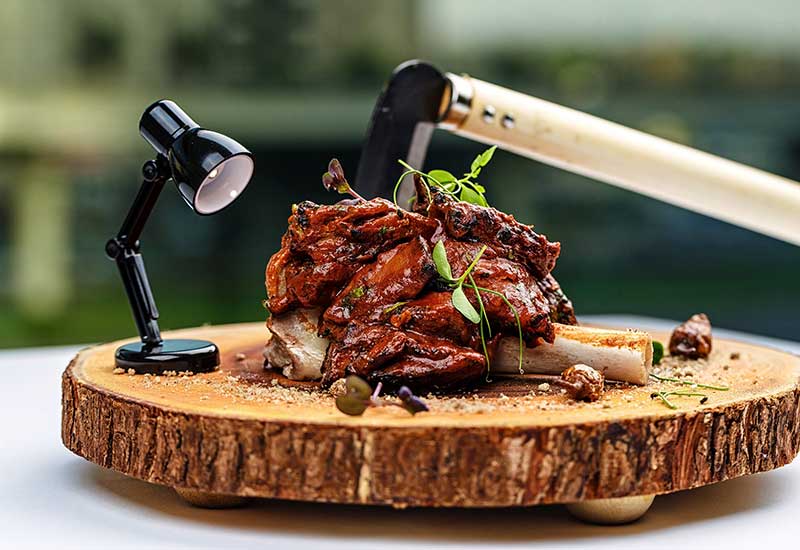What challenges do you face when it comes to Indian cuisine?
Ali: The biggest challenge is to keep pace with the times. Chefs are using new technologies to prepare and present food, but customers don’t want to go too far from the authentic tastes that they know. The sharing concept is well known in Indian cuisine, and is essential, but nowadays presentation styles in fine-dining Indian restaurants are moving to pre-plated dishes.
Joshi: The complexity and diversity of Indian cuisine, and its deep-rooted culture and tradition, are an anchor to forward movement. The core of Indian cuisine is still re-creation, rather than rediscovery.
Sood: It’s a common misconception that Indian food is very spicy, so some guests are prepared, and others are scared. In fact, however, most of the time the spices in Indian dishes are used to add a depth of flavour and to complement the main ingredient. In addition, most people think Indian food is all about casual curries, but the cuisine has incredible dishes to offer that are suitable for a variety of occasions.
Kumar: There aren’t many challenges with Indian food because of its diversity. As an Indian cuisine chef, I am able to experiment with many recipes, spices, and flavours, to create a variety of delicious meals.
Saini: The real challenge is sticking to the roots of the cuisine, because when one tries to modernise a dish, it’s easy to go overboard with presentation and theatrics, compromising the flavours and authenticity.
Patel: Indian cuisine is tricky. Some people want authentic Indian dishes, and others want to see a change — in the presentation, the flavour, or a completely new take on an old dish. It will take time to change people’s perception of such an ancient and strong-rooted cuisine.
Is it easy to source the ingredients that you need?
Ali: We are fortunate to be so close to India, so the best spices, proteins, and vegetables are readily available in this region. Most of the fresh produce and perishable items are air-freighted the same day, which ultimately benefits the customer. UAE regulations regarding food production and importation also help restaurants to source and provide better quality ingredients, and combined with Khyber’s tried and trusted traditional techniques, we are able to please a broad spectrum of guests, time and time again.
Joshi: Dubai is a centre for trade from both the east and west, so sourcing is never a problem. Often referred to in jest as the western-most city of India, importing supplies from the sub-continent is never an issue.
Sood: As the region is close to India, we feel the supply chain for ingredients is good: it’s continuous and cost-effective. The abundant presence of Indians in the region is also a reason for great demand and consistent supply.
Kumar: The produce we work with most, like rice, chicken, and spices, are all very accessible and easy to source in the UAE. We also import some of our ingredients from India and have a very efficient supply chain to get those products to our outlets.
Saini: Most of the ingredients are readily available, and I am satisfied with their quality — sometimes they are better than what we get in India
Patel: This is one great thing about the region. Options and suppliers for Indian ingredients are plentiful, allowing our chefs to be creative. If we could pair that with fresh local produce, it would be an ideal situation.

| Advertisement |





